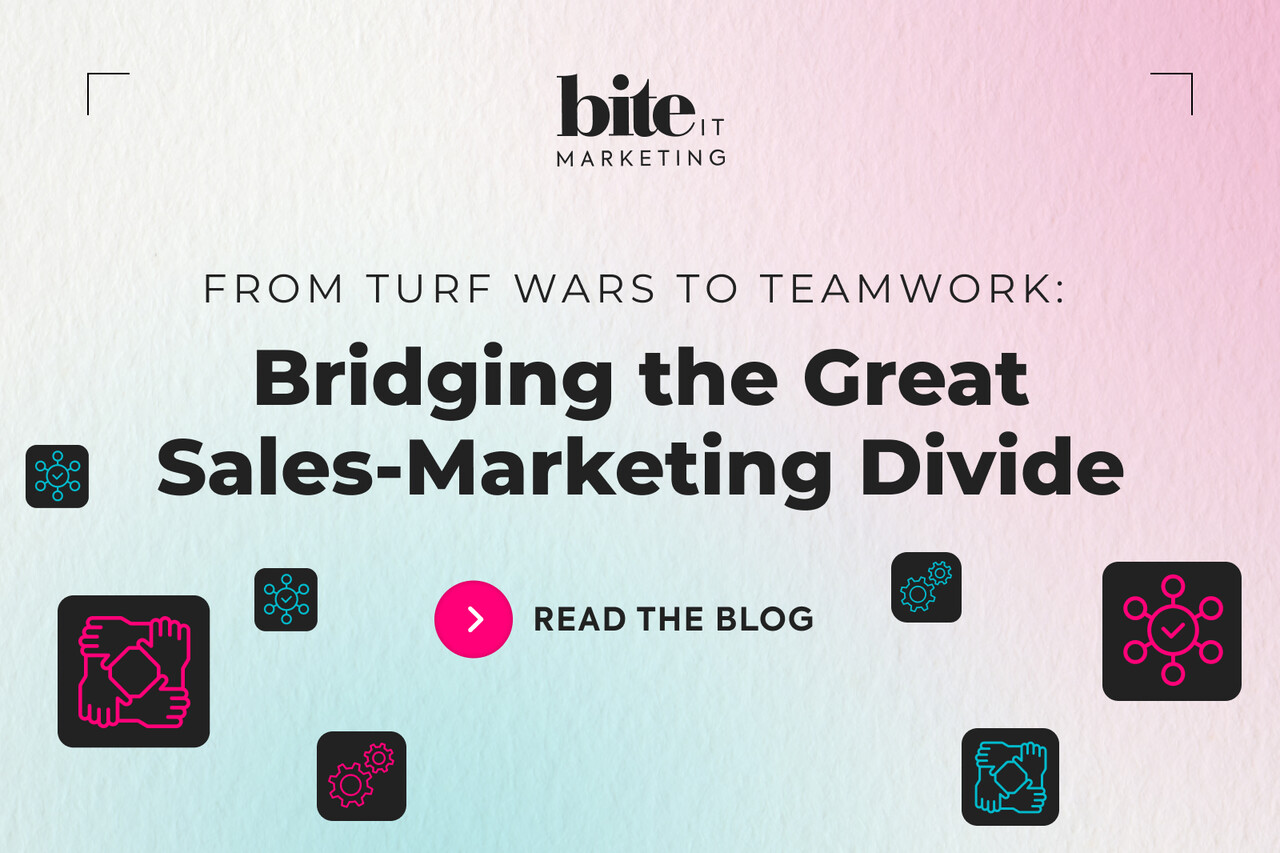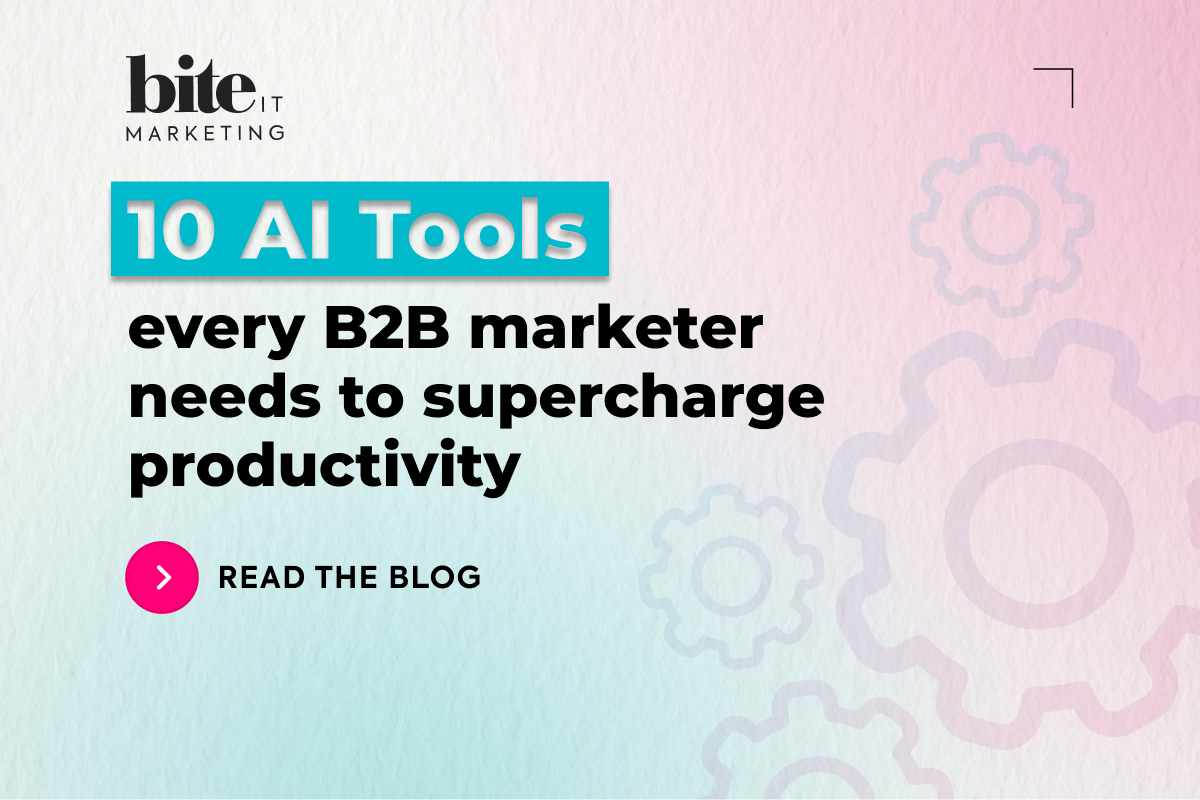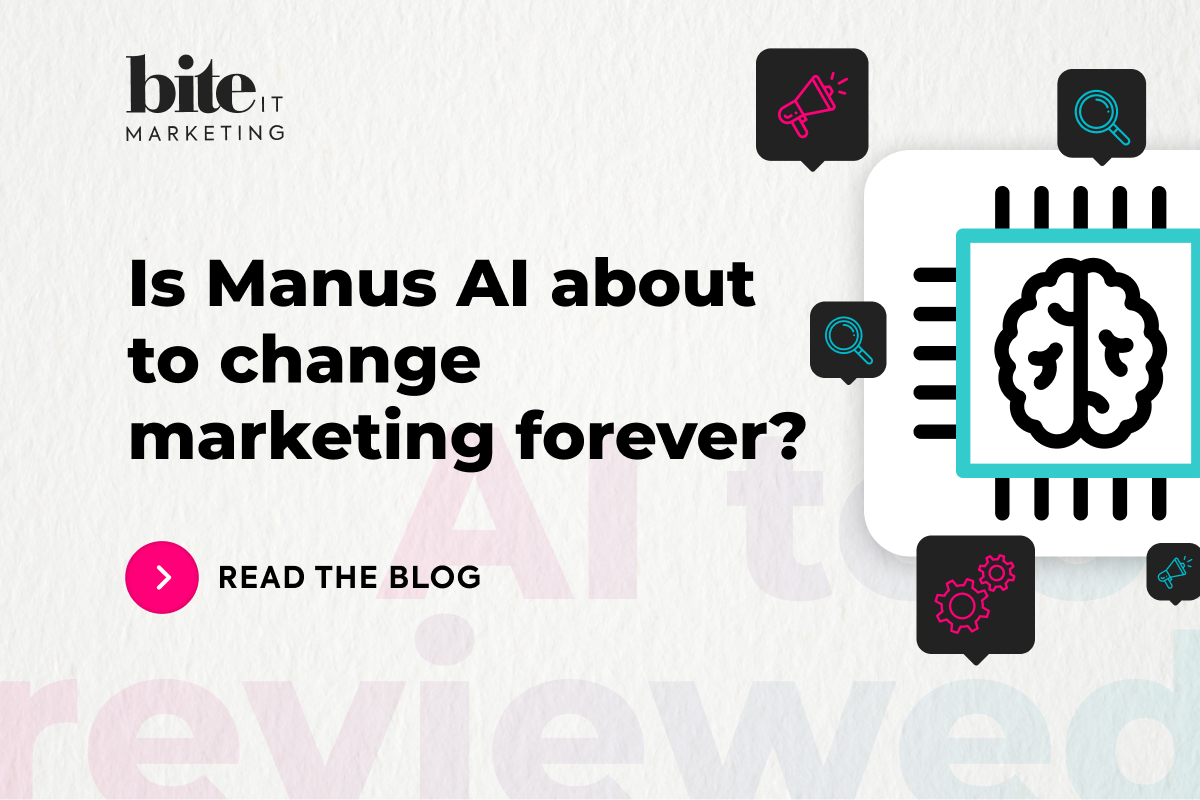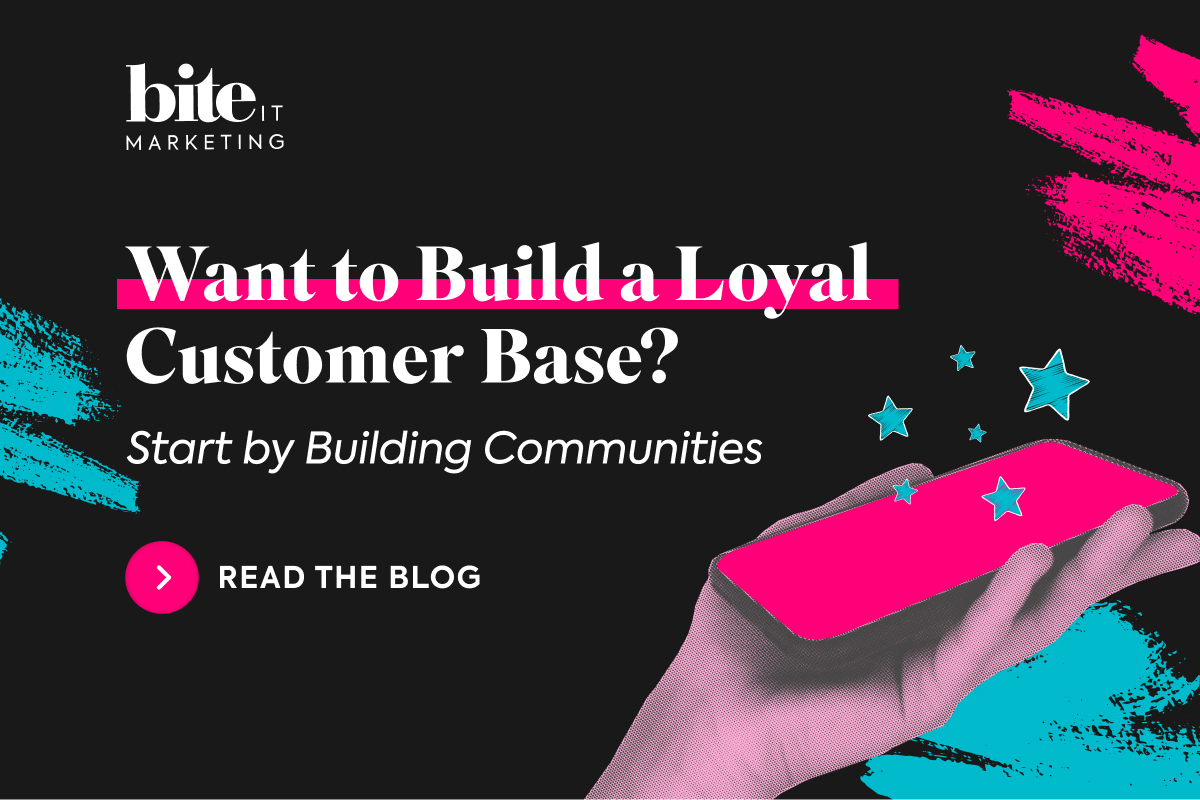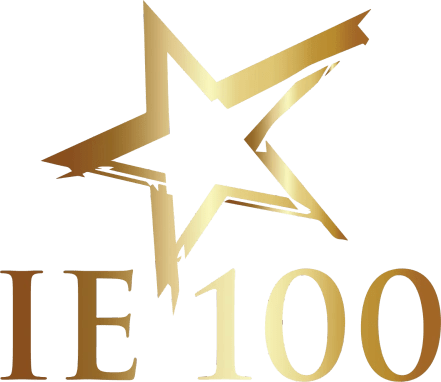
The B2B event season is buzzing with activity—trade shows, conferences, panels, webinars, and more, all vying for attention. For businesses hosting these events, it’s a prime opportunity to connect, engage, and grow. But with so much happening, your ideal customers are being pulled in every direction. To make an impact, your event needs to rise above the noise. Standing out isn’t just an advantage—it’s a necessity.
As channel marketers, we know events are a crucial part of the marketing journey—powerful tools for generating leads, strengthening brand presence, and building deeper customer relationships. But success isn’t guaranteed. Without a solid strategy, even the best event concept can fall flat.
Whether you’re hosting a high-impact trade show, an exclusive VIP dinner, or a series of virtual workshops, the key is careful planning. A well-executed event isn’t just engaging—it’s a revenue driver.
In this guide, we’ll show you exactly how to make your B2B events stand out, capture the right audience, and deliver measurable business impact. Let’s dive in.
Define your event goals
Events without clear goals are just expensive hangouts. Before you book a venue, send an invite or print a single badge, ask yourself this question: Why are we doing this?
Every event starts with an agreed set of goals. For example, are you looking to:
- Capture new leads?
- Grow your brand awareness?
- Turn customers into raving fans?
- Launch a new product?
The answer to this question will shape everything from now on–from the speakers you book to the follow-up emails you send.
Once you’ve nailed the ‘why’, turn it into measurable KPIs. Don’t be vague with statements like ‘get lots of attendees’. Measurable is the operative word here. Metrics you could consider include:
- Registrations – How many people attend your event?
- Qualified leads captured
- Demos booked
- Post-event engagement
While it’ll be your marketing team that primarily works on this event, the earlier you loop your sales team into your plans, the better. Marketing/sales alignment at events doesn’t mean sending them a list of leads two weeks after the event and calling it a day. It means agreeing upfront on what a qualified lead looks like, devising a robust handoff process, and preparing your sales team to continue the conversations naturally once your event is finished. Get your marketing and sales teams moving in sync, and your event can drive pipeline for months to come.
Choosing the right event format
There are so many different types of events you could choose to put on. Just make sure the one you choose aligns with your goals from the previous section.
Trade shows offer the big-stage glamour. They can get massive foot traffic, huge brand exposure, and the chance to rub shoulders with key prospects. On the other hand, they’re expensive to stage. There’s also a lot of competition in this arena, so you risk getting lost in the noise.
Workshops are more about getting closer to your ideal customers. With smaller groups and deeper discussions, they’re a golden opportunity to showcase your expertise and build trust. The disadvantage is that they require a lot of preparation. You also need to understand that while you may only generate a small number of leads from a workshop, they’ll be highly qualified.
Webinars are popular with B2B businesses for several reasons. They’re:
- Inexpensive to stage
- Scalable
- Global, so you can attract attendees from around the world
However, because they’re so popular, it’s hard to stand out. Also, if you are going to do a webinar, it really needs to be good to succeed. If it’s a few speakers droning on with some PowerPoint slides, your audience will quickly lose interest.
Hybrid events are also popular right now, combining the benefits of in-person events with digital for wider reach. For example, you could host a small VIP event but livestream it to a wider audience.
The key is to think ‘audience first’. Who do you want to reach? Where do they hang out? How do they prefer to engage? Senior executives may like a smaller event, while younger tech professionals might prefer an interactive webinar. Let their preferences drive your decisions rather than your budget or convenience.
Driving attendance with pre-event promotion
You could have the most fantastic event planned, but if no one shows up, it’s a waste of time, money, and resources. The real make-or-break part of staging an event is driving attendance.
Multi-channel marketing should be a non-negotiable. Meet your customers where they are with:
- Email – Segmented, personalised email sequences
- LinkedIn – Organic thought-leadership posts combined with paid campaigns
- Paid ads – Utilise retargeting and lookalike audiences
- Partner co-promotion – Get your speakers to promote your event to their followers. Make it easy for them by creating promo kits
Remember, it’s never too early to start promoting your event. Engaging with followers at the planning stage creates a buzz and makes it more likely that you’ll create an event they’ll love. For example, you could run polls asking what people want to learn or what speakers they want to see. You could share photos and videos as the event comes together. You could also offer early-bird invites with bonuses like brand merchandise or private after-party access.
Again, remember to involve your sales team in promoting your event. Get them to invite their high-value prospects, those people they’ve been working on for months. If it helps, create invite templates that they can send out that really capture how amazing your event is going to be.
As we said at the start of this guide, the B2B event season is crowded. You can’t expect your ideal customers to give you their attention. You have to earn it. Engage early, launch big and keep up the momentum. Do this, and you’ll attract the right number of ideal customer attendees – and your event will go with a bang, not a whimper.
During the event
The doors are open. The room is buzzing, thanks to all your pre-event work, but you’re nowhere near done yet. Now’s the moment where you turn attendance into engagement that converts.
Attendees at events in 2025 don’t want to be lectured, no matter how expert your speakers are. They want to interact, ask questions, and feel like part of the show. The way to achieve this is to make your event as interactive as possible. Here are four great ideas:
- Live polls and surveys – During sessions, ask attendees about their goals or challenges. Display the results in real time and pivot the conversation to address them
- Q&A sessions – Rather than have a few cursory minutes of questions at the end, build it into the agenda. Use live chat tools to collect questions on the fly
- Live demos – If you’re exhibiting technology, let the audience see it in action. If you can tailor it to their use case on the fly, so much the better
- Gamification – Whether it’s quizzes, raffles, arcade games, or anything else, games grab attention and deliver a talking point for your audience.
Booth best practices
If you’re running a booth, stand or live session, every interaction with an attendee matters. Make sure your staff are well-trained on what to expect, what to say in specific situations, how to capture leads and how to pass leads to sales. Think about the tech you’ll equip your team with. Capture leads seamlessly with QR codes, badge scanners and mobile apps that sync with your CRM. You also need to create some memorable swag that attendees will want to take home with them. Try to make something that matches your brand values.
Real-time social sharing
Finally, remember that it’s not just your attendees you need to impress. You can engage your entire social media following with live content from your event. Often, this social audience will be multiple times larger than your attendee count. During the event, make sure you post:
- Behind-the-scenes photos and videos
- Quotes from speakers
- Session highlights
- Real-time audience reactions
- Anything else you think is relevant
Covering all these bases will help you turn engagement into action.
Post-event follow-up
Hopefully, you’ve followed all our tips and your event has been a huge success. However, the work to turn this success into tangible revenue starts after the event. Don’t rest on your laurels and expect Sales to take over from here. You’ll be leaving money on the table.
Speed matters, so strike while the iron is hot. You should follow up with all your attendees within 24-48 hours. Any later than that and your audience will have forgotten everything that happened at your event, as new stuff has pushed it out of their minds. Of course, depending on the number of people at your event, it could be extremely hard to follow up with everyone personally. Instead, segment your attendee list by their level of engagement and build sequences and workflows to cover everyone effectively.
Of course, the more personal you can get, the better. Try to avoid the standard ‘Thanks for coming’ email. Instead, try to reference things that mattered to the lead, such as:
- Conversations you had with them at the event
- Sessions they attended
- Content that they asked for or could find helpful (e.g. demos)
If you consider the event the beginning of your conversation, the follow-up is your chance to continue.
Repurpose your content
At your event, you’ll have created a goldmine of content. Now’s your chance to use it. Here are some ideas:
- Cut up session recordings for social clips. You could also put entire talks on your site and make them accessible (in exchange for an email address, of course)
- Use slides and visuals from the event in infographics, carousels or website images
- Turn highlights from your event talks into blog posts or thought leadership articles
- Share behind-the-scenes footage on social media to engage your network further
Ideally, you should have weeks – or even months – of content from your event to keep those memories fresh in everyone’s minds and also capture new leads.
Measuring success
You’ll only know the true success of your event (and whether you should do it again next year) when you turn it into data. Here are some metrics you must track:
- Lead to meeting conversion rate
- Lead to opportunity conversion rate
- Pipeline created
- Revenue closed within 30/60/90 days
- Engagement with post-event content
You should also look for qualitative feedback, such as feedback from Sales on lead quality, or how attendees gained a deeper understanding of your brand during your event.
What if attendance is low?
On the other hand, perhaps your event didn’t go as well as you’d hoped, despite your best efforts. However, you can always make the most of what you have.
A smaller audience doesn’t have to mean a smaller impact. Use the smaller number as an opportunity to go deeper with the attendees who did have enough motivation to come. You now have time to personalise your follow-ups, referencing the conversations from the event and bringing in tailored outreach techniques. Share exclusive content, invite them to future events as a VIP, do whatever you can to turn the people who came into raving fans. Present the fact that they’re in a small group as a benefit, not a disadvantage.
You should also collaborate with your sales team to show your small number of attendees they’re important. Treat them like you would a top client – and maybe they’ll become one soon.
Get started on your next event today
Great events don’t just happen. They’re built on a clear strategy, relentless promotion, real-time engagement, and fast, personalised follow-up. They’re also the result of strong collaboration between aligned sales and marketing teams.
Whether you’re hosting an enormous show, an intimate roundtable, a virtual conference or anything else, the formula is the same:
- Set your goals
- Choose the right format
- Promote it across all your channels
- Engage during the event
- Follow up to turn attendees into customers
So, what can you do today to get started? Why not start by auditing your current event strategy? What could you do differently to achieve better results?
We’ve put together a handy Event ROI Checklist to help you make sure every box is ticked and every lead you generate fulfils its potential. Click here to download it now.
Who knows? The next event that everyone talks about might be yours!
ABOUT THE AUTHOR:
Vanessa Cardwell is the Chief Marketing Officer and Managing Director at Bite IT Marketing, where she leads innovative marketing strategies, champions the integration of AI in content management, and helps businesses gain the industry recognition they deserve.
